Maniharon Ka Rasta, Jaipur
Tucked away in the bustling heart of Jaipur’s old city, Maniharon Ka Rasta is a street that holds centuries of culture in its vibrant walls. This narrow, colorful lane is one of Jaipur’s oldest markets and is world-famous for one thing—lac bangles. The moment you enter the lane, you’re greeted with the rich aroma of molten lac, the rhythmic clinks of artisan tools, and walls lined with rainbow-colored bangles that shimmer in the sunlight. The street gets its name from the word “Manihar,” which means bangle-maker, and it has been home to generations of craftsmen who specialize in this traditional art. Unlike the modern malls and showrooms, this place is raw, real, and rooted in history. Every shop here is more than a store; it’s a legacy. Families who’ve lived here for decades open their doors to tourists and locals alike, offering not just bangles, but a glimpse into Jaipur’s soul. Maniharon Ka Rasta is more than a shopping destination—it’s an experience you carry with you.
History lives here
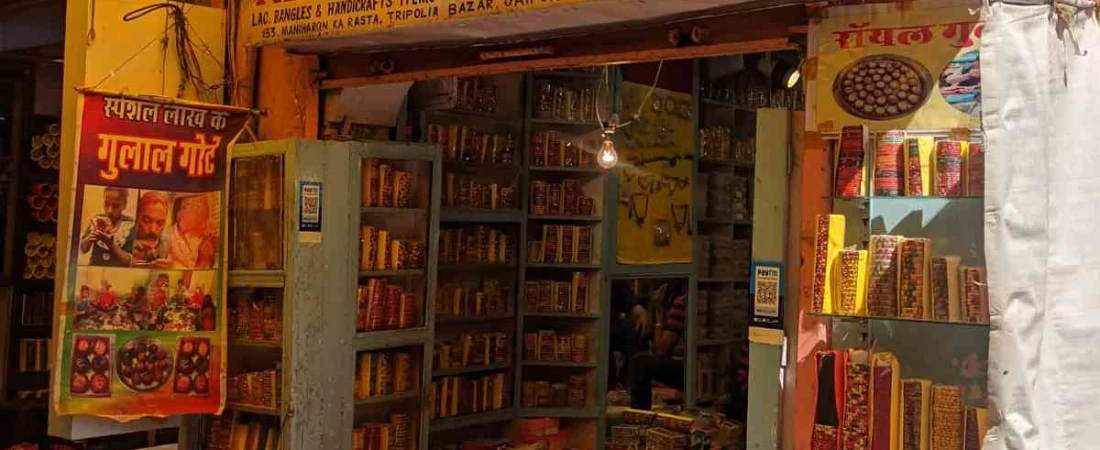
The story of Maniharon Ka Rasta is deeply tied to the cultural and royal history of Jaipur. When Maharaja Sawai Jai Singh II founded the city in 1727, he invited skilled artisans to live and work within the city’s fortified walls. Among them were the Manihar community, masters of lac bangle-making, who were settled in this particular area. Since then, the street has been a dedicated space for these artisans, and their families have continued to pass down the art through generations. Many of the homes here still carry the architectural essence of Jaipur’s early design, with arched doorways, jharokhas (overhanging balconies), and intricate carvings. The traditions of the past are very much alive here—not just in the buildings but in every handcrafted bangle. The tools, techniques, and even the kilns used today are often the same ones used by their forefathers. It’s this living heritage that makes Maniharon Ka Rasta a destination for those who wish to witness Jaipur’s cultural continuity in its purest form.
Craft of bangles
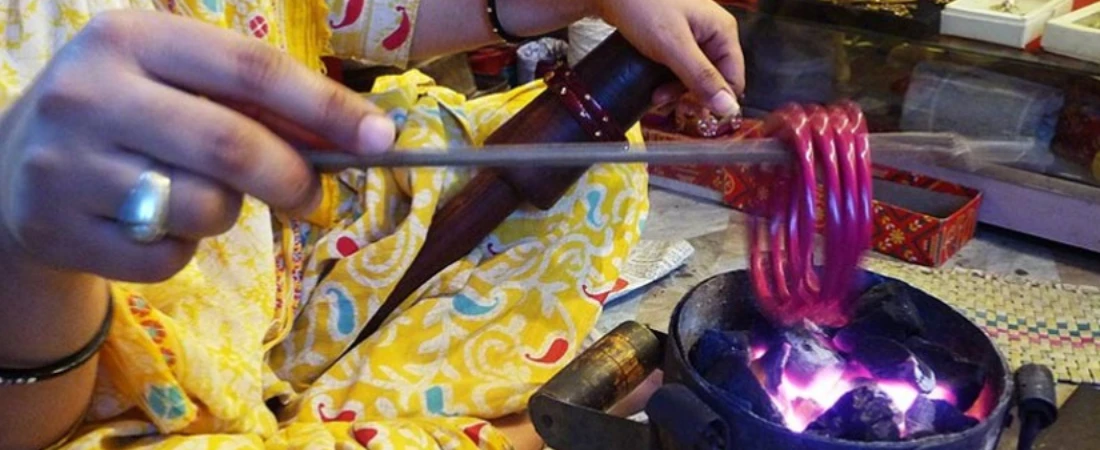
The most remarkable aspect of Maniharon Ka Rasta, Jaipur is the sheer artistry behind every lac bangle you see. These bangles are made using lac—a natural resin collected from trees, heated until it becomes soft and pliable, and then carefully molded by hand into circular shapes. Once formed, they are colored using vibrant powders, and adorned with mirrors, stones, and decorative patterns. The process may sound simple, but it demands incredible skill, balance, and years of experience. Each artisan develops their own style, and many can craft a full bangle set within minutes while you watch. These bangles aren’t just fashion accessories—they carry cultural significance. In Rajasthani weddings, lac bangles are seen as symbols of love, prosperity, and womanhood. The red, green, and gold hues are especially popular during festivals like Teej, Gangaur, and Diwali. Buying bangles here is not just a transaction, it’s a piece of art and emotion, created in front of your eyes by people who have dedicated their lives to the craft.
What you’ll find
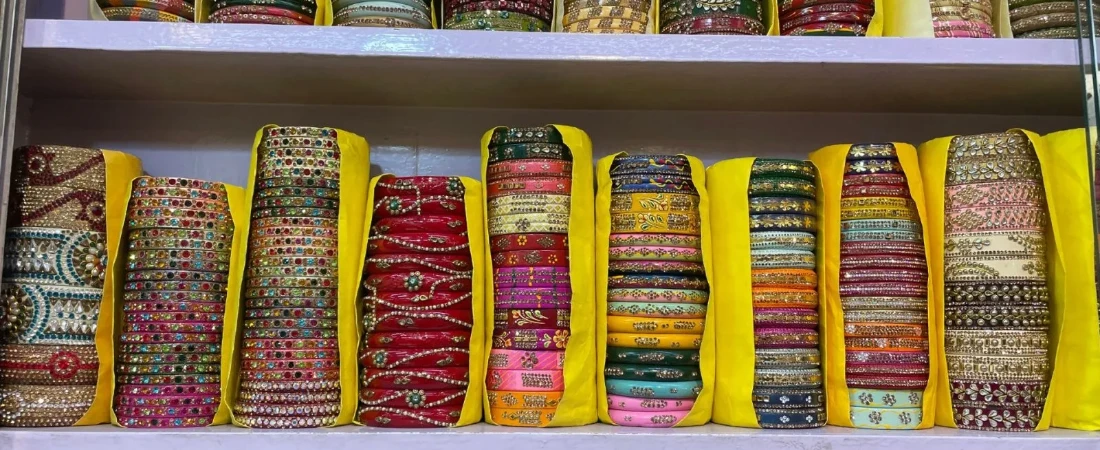
Though lac bangles are the highlight, Maniharon Ka Rasta offers much more than that. You’ll find a wide variety of traditional Rajasthani jewelry including earrings, anklets, nose pins, and even bridal sets made with kundan, meenakari, and glasswork. The market also stocks handmade accessories, bindis, decorative hair clips, embroidered fabric bangles, and even small decorative items like mirror-work purses and keychains. Walking through the street feels like stepping into a live art gallery where every item has a unique identity and touch. Some of the shops also let you customize bangles by color, size, and design. Watching them make bangles to your order is a delightful experience, especially for tourists. What makes this market special is the affordability—even with such intricate work, the prices are surprisingly reasonable. This makes it an ideal place to shop for souvenirs, gifts, or even bridal jewelry. While shopping, you’ll also encounter warm shopkeepers who love to share stories about their family’s legacy and the art they’ve kept alive.
Culture in motion
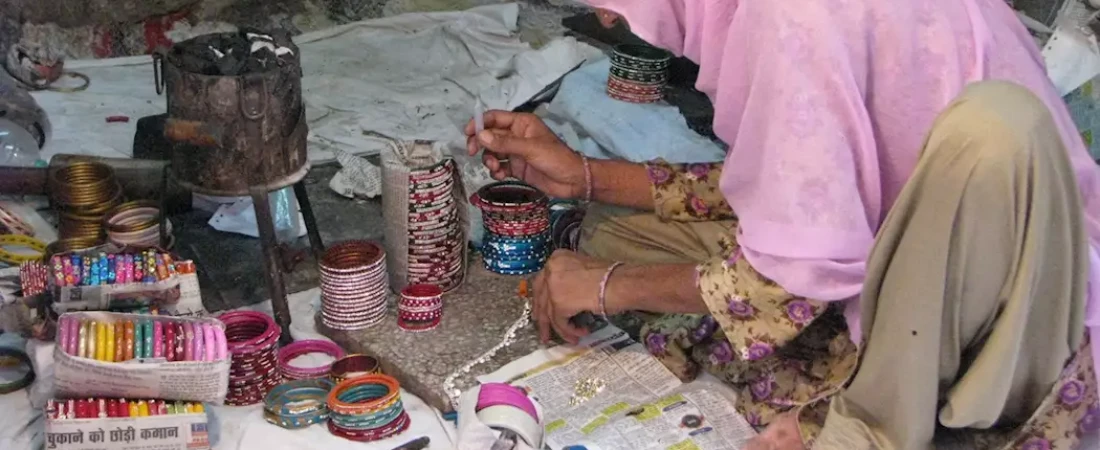
Maniharon Ka Rasta is not just about trade—it is about tradition and everyday life. The street is lined with small homes where artisans live, work, and sell their crafts. You’ll see women sitting on doorsteps shaping lac, children playing nearby, and elderly men polishing finished bangles by hand. This is a market where commerce and culture are not separate—they coexist. Locals come here not just to shop, but to connect with the essence of Rajasthani heritage. The market is deeply spiritual too. Many of the families keep small shrines in their shops, often starting their day with prayers before turning on the heat for the lac. This devotion is reflected in the care and passion with which every item is made. Tourists who come here often leave with more than just bangles—they leave with stories, warmth, and a piece of Jaipur’s living soul. It’s a deeply personal experience, unlike anything you’ll find in larger, more commercial bazaars.
Final Thoughts
Maniharon Ka Rasta in Jaipur is not just a destination—it’s a celebration of Rajasthani spirit, color, and creativity. With its rich history, mesmerizing craftsmanship, and heartwarming cultural atmosphere, it offers something that no modern shopping mall ever could: soul. Every step through this narrow street reveals something new—an old family story, a freshly designed bangle, a quiet prayer whispered before work. This is where Jaipur reveals its most artistic and emotional side. If you truly want to experience the Pink City beyond its palaces and forts, make sure Maniharon Ka Rasta is on your list. You won’t just take home jewelry—you’ll take home stories, traditions, and the kind of charm that lasts a lifetime.


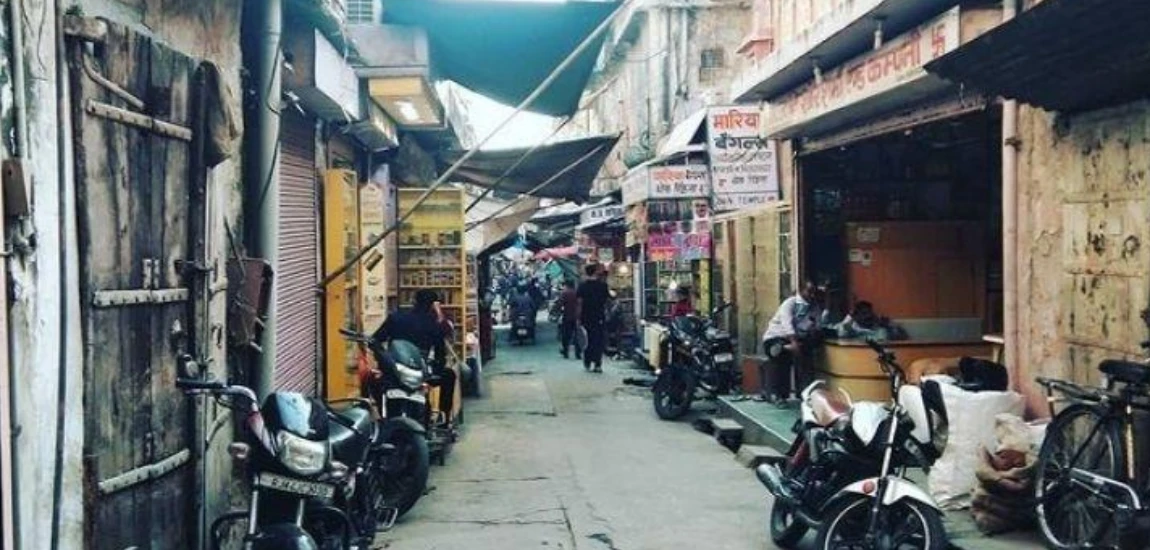
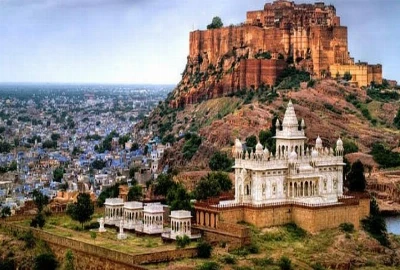
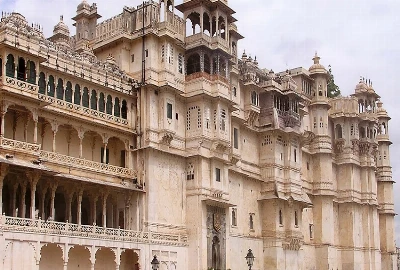


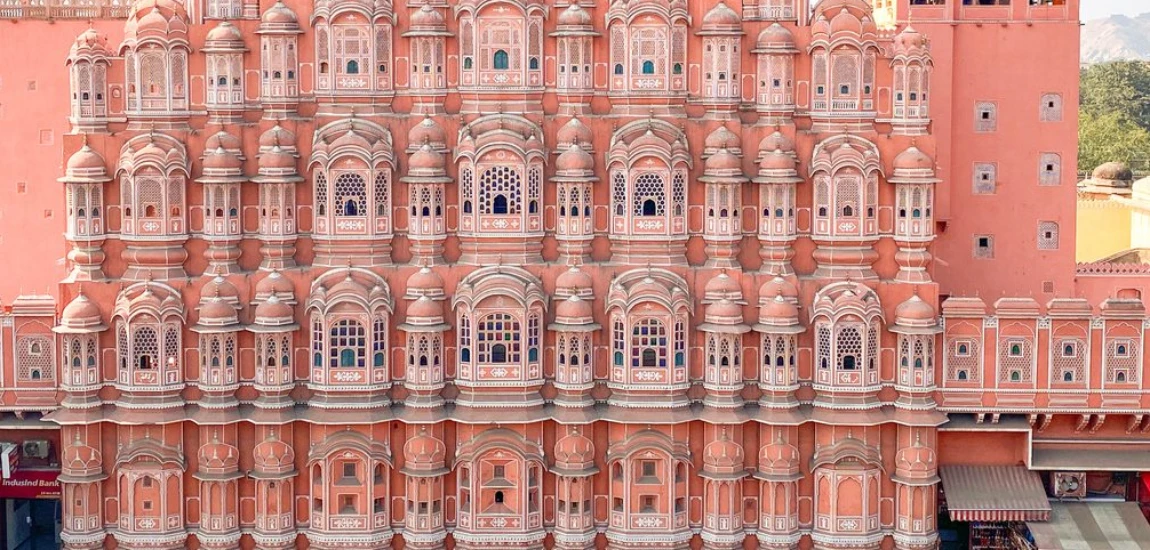
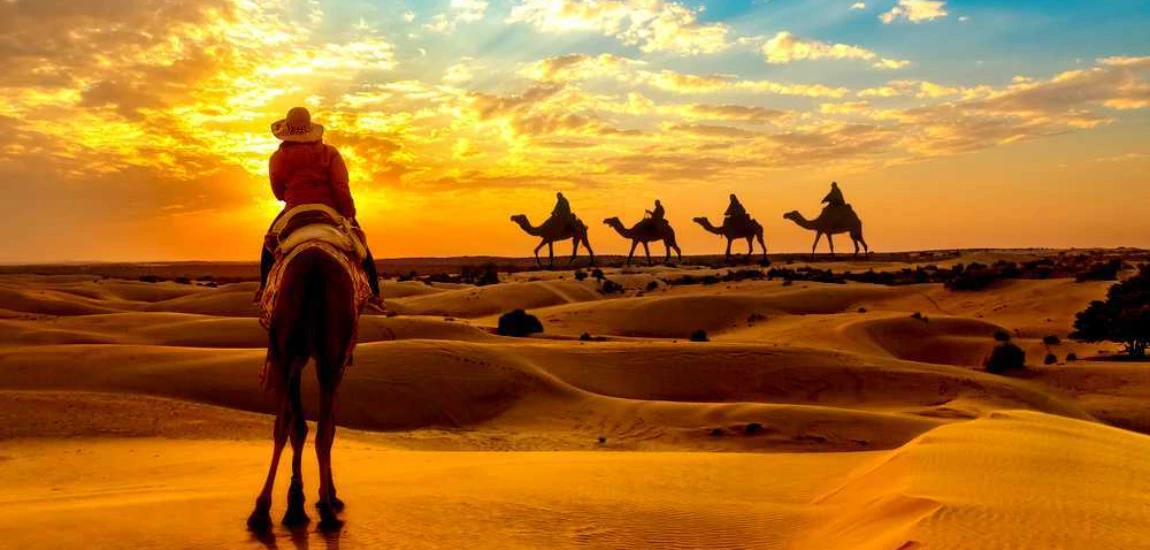
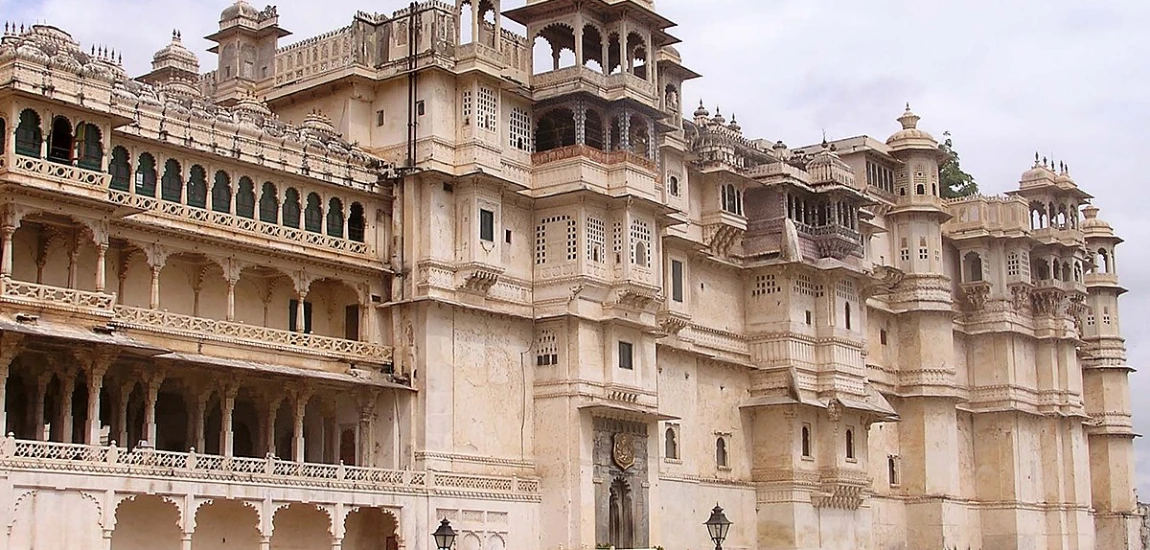
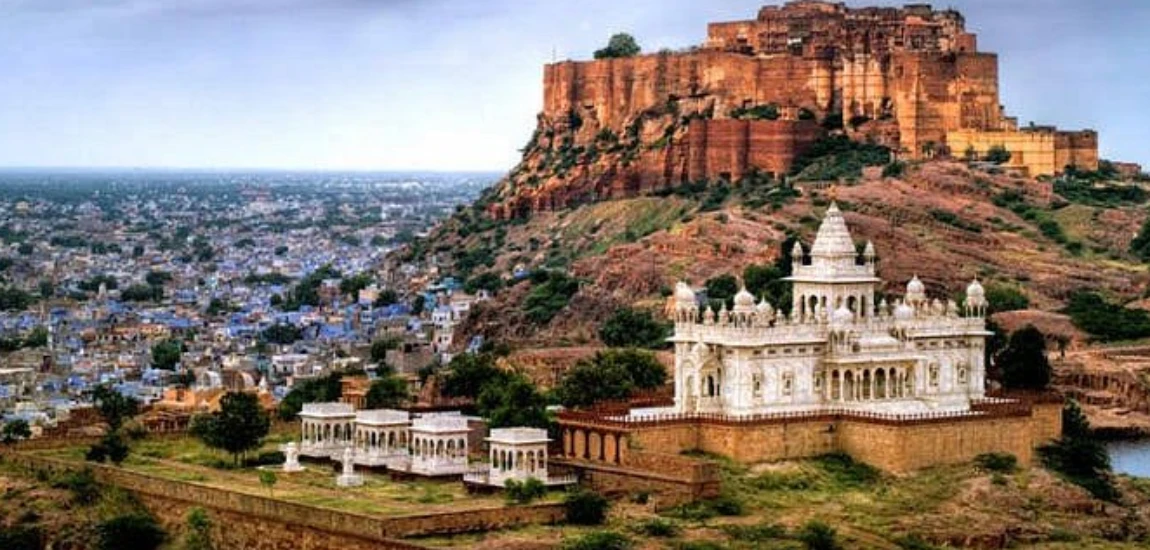
Leave a comment